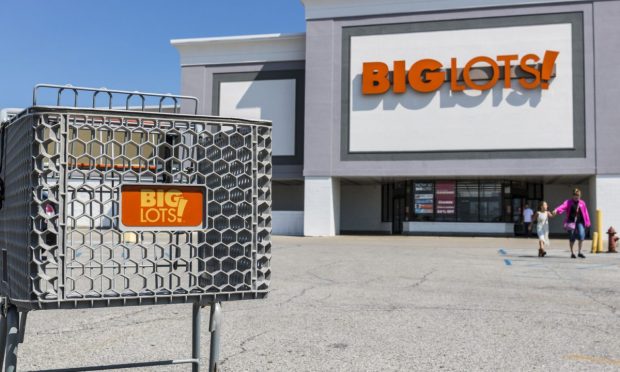
Uber Eats is stepping up its non-restaurant offerings, getting into discount retail with its new partnership with Big Lots.
Uber announced the aggregator’s addition of the retail chain to its marketplace Tuesday (Nov. 21), making 1,200 Big Lots locations available for delivery, offering items including holiday decorations, groceries, pet care products and more.
“By continuing to invest in strong retail partnerships like this one we can help more consumers across the country satisfy their household needs with delivery, and deliver on our promise of helping America get (almost, almost) anything on Uber Eats,” Uber Eats Head of Grocery & Retail in the U.S. and Canada Christian Freese said in a statement.
Uber has been looking to drive adoption of non-restaurant delivery in recent months. Last month, for instance, the company announced the launch of multi-store ordering, enabling consumers to add non-restaurant items from other retailers to their food orders.
Across the aggregator industry, key players are looking to find new use cases beyond their typical restaurant occasions. For instance, DoorDash has been expanding its alcoholic beverage delivery business, most recently extending it to New Jersey. Grubhub, meanwhile, has been going after the hospitality market, looking to provide food for hotel guests with limited dining options. Consumers can now order everything from backpacks to machetes on restaurant aggregators’ marketplaces.
These moves come as aggregators look to drive usage, making their offerings relevant in more parts of consumers’ day-to-day lives, given their relatively low penetration in the restaurant category. According to PYMNTS Intelligence gleaned from a survey of thousands of consumers for the “Connected Dining” series, only 5% of restaurant customers placed their last order via aggregator.
As DoorDash put it, the goal of both its restaurant offerings and new verticals is to drive engagement with the entire platform, creating synergies across categories.
“We are not trying to drive the order frequency of just restaurants or new verticals. The way we think about it is, how do we bring more users back, which is helping us drive overall users at a double-digit rate,” the aggregator’s chief financial officer Ravi Inukonda said on the company’s most recent earnings call. “How do we get them to use the product more, which is what’s being reflected in the overall order frequency going up.”
Indeed, a significant share of consumers purchase retail items for same-day delivery. PYMNTS Intelligence’s study last year, “The ConnectedEconomy™ Monthly Report: The Rise Of The Smart Home,” found that roughly one in three consumers purchased non-grocery items from a same-day delivery aggregator such as Shipt each month, and that share was trending upwards month to month. That share will likely only increase as more same-day delivery options become available.
Overall, DoorDash continues to lead among aggregators. Additional findings from the Connected Dining series reveal that, in June, 77% of aggregator users reported that they were DoorDash customers. Meanwhile, 49% of aggregator users reported ordering from Uber Eats in that time, and 35% said the same of Grubhub. Additionally, the report revealed that aggregator users’ adoption of DoorDash was on the rise, while that of Uber Eats and Grubhub was on the decline.